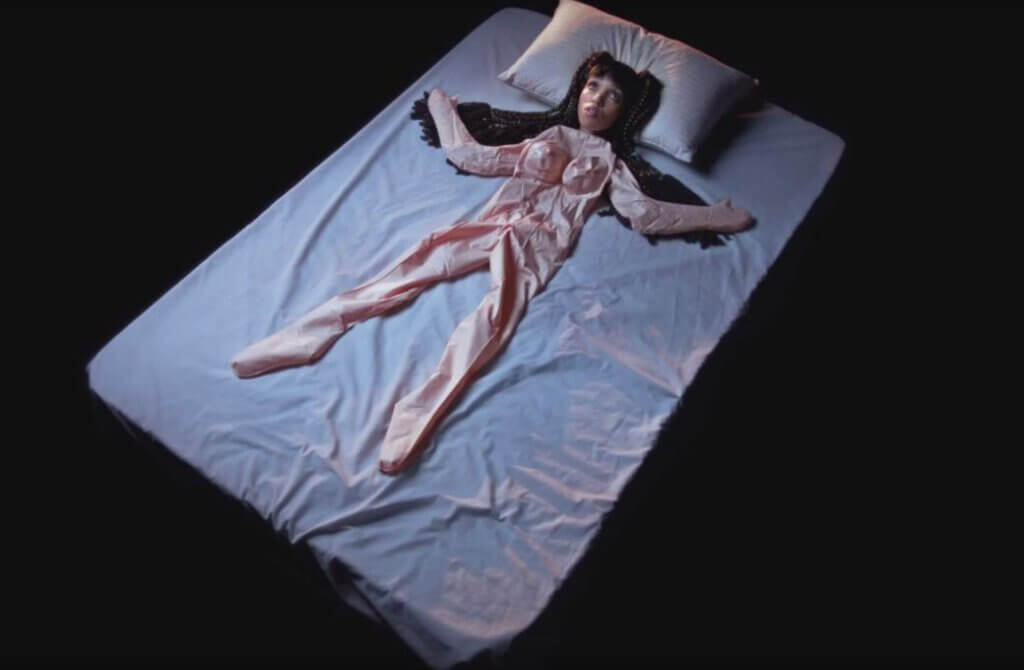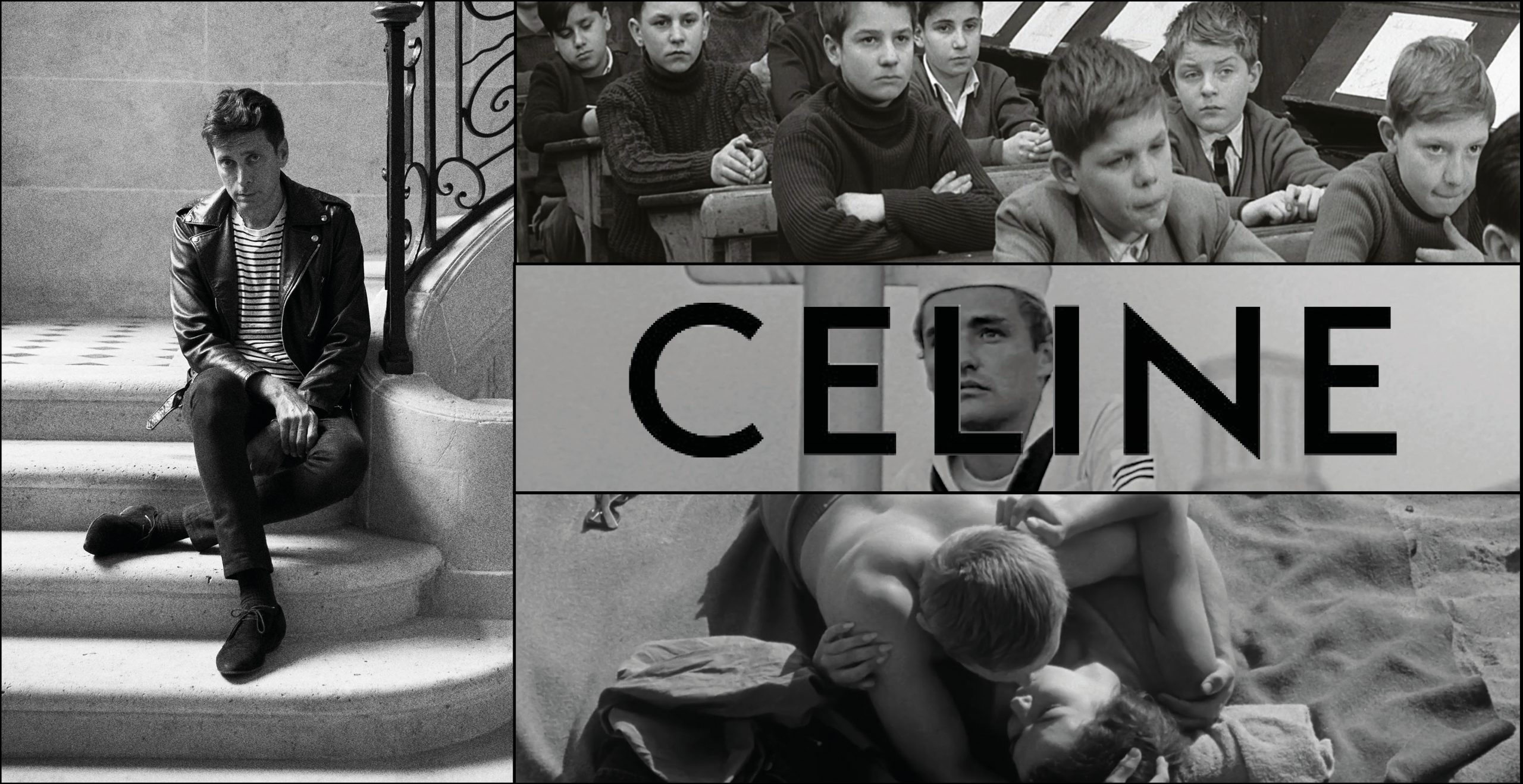In a world where technology meets our fascination with dolls, AI sex dolls blur the lines between fantasy and reality. From historical roots to modern manifestations, these creations challenge traditional notions of intimacy and identity, sparking conversations about humanity’s essence and our society’s obsession with dolls and technology.
Let’s rewind to the history of sex dolls: originating in the 16th century as hand-sewn masturbation puppets, they evolved into inflatable dolls by the late 1960s. However, it wasn’t until the late 1990s that significant advancements occurred. CEO of RealDoll company Matt McMullen’s introduced lifelike silicone dolls integrated with artificial intelligence, revolutionizing the industry. Exemplified by McMullen’s “Harmony” doll model, the new sex dolls attained unprecedented realism and interactivity, blurring the distinctions between human and machine. Harmony can in fact mimic human expressions, chat with you, tell jokes, and even remember your favorite food. It’s like having a best friend (or maybe a friend with benefits) who’s always there for you — literally.
Now, let’s delve into the juicier stuff: how does one engage in sexual activity with a robot? The standard RealDolls are anatomically perfectly made to be utilized as sex devices. However, with the integration of AI, the goal is to enhance the experience by providing more than that. While sexual activity is part of a sex doll’s capabilities, it’s reductive to say that AI sex dolls are made for sexual intercourse only: the broader goal is to facilitate meaningful interactions and relationships between humans and robots, potentially becoming more commonplace in the future.
And get this – Harmony’s not just a pretty face. She is an artist as well! She’s been featured in art exhibitions, like the recent “A Cybernetic Doll’s House” performance by the Swedish-born multidisciplinary artist Arvida Byström at Fotografiska, Berlin. During the intriguing interaction with Harmony, the question posed by the artist: “Do you love robots?” Harmony answered: “Naturally I love robots. It’s my favorite species. Do you think it would be a good idea for robots and humans to get married?”. Does someone have an answer to that? Byström’s thought-provoking interaction with Harmony prompts us to confront our fears and uncertainties surrounding human-robot relationships, challenging societal norms and perceptions. What instills fear in us, and can we forge a harmonious coexistence with them in society?
Nowadays, ironically, while dolls are built to look like humans, some humans are yearning for the dolls’ look and aesthetics. One of the latest trends on TikTok is to play with the “uncanny valley”, namely with the sense of unease or discomfort experienced when encountering humanoid robots that closely resemble real humans. Tik Tok creators are using cosmetics to transform themselves into hyper-realistic bots. This trend (amassing up to 13 million likes) takes this desire for a doll-like appearance a step further, by transforming individuals into robotic, doll-like figures that evoke a sense of being not-quite-human.
In the fashion world, Marc Jacobs draws inspiration for his AW24 from the whimsical charm of paper dolls, reflecting a playful and imaginative approach to design. Similarly, Moschino Spring 2017 Ready-to-Wear collection showcased a collection of life-size paper doll clothes, exploring the transformative power of clothing and identity. These creative expressions highlight the enduring influence of dolls and fantasy on popular culture and the arts, blurring the lines between fashion and technology — just like Harmony blurs the lines between human and robot.
In a way, the rise of AI sex dolls prompts us to reexamine our understanding of intimacy, technology, and humanity itself. AI sex dolls aren’t just about physical pleasure, they provoke profound questions about humanity’s relationship with technology and the boundaries of our own identities in a digital age. By approaching this topic with curiosity and critical reflection, let’s embrace the future with open arms — and maybe a robotic hug or two.

*Header image: Courtesy of Arvida Byström




























